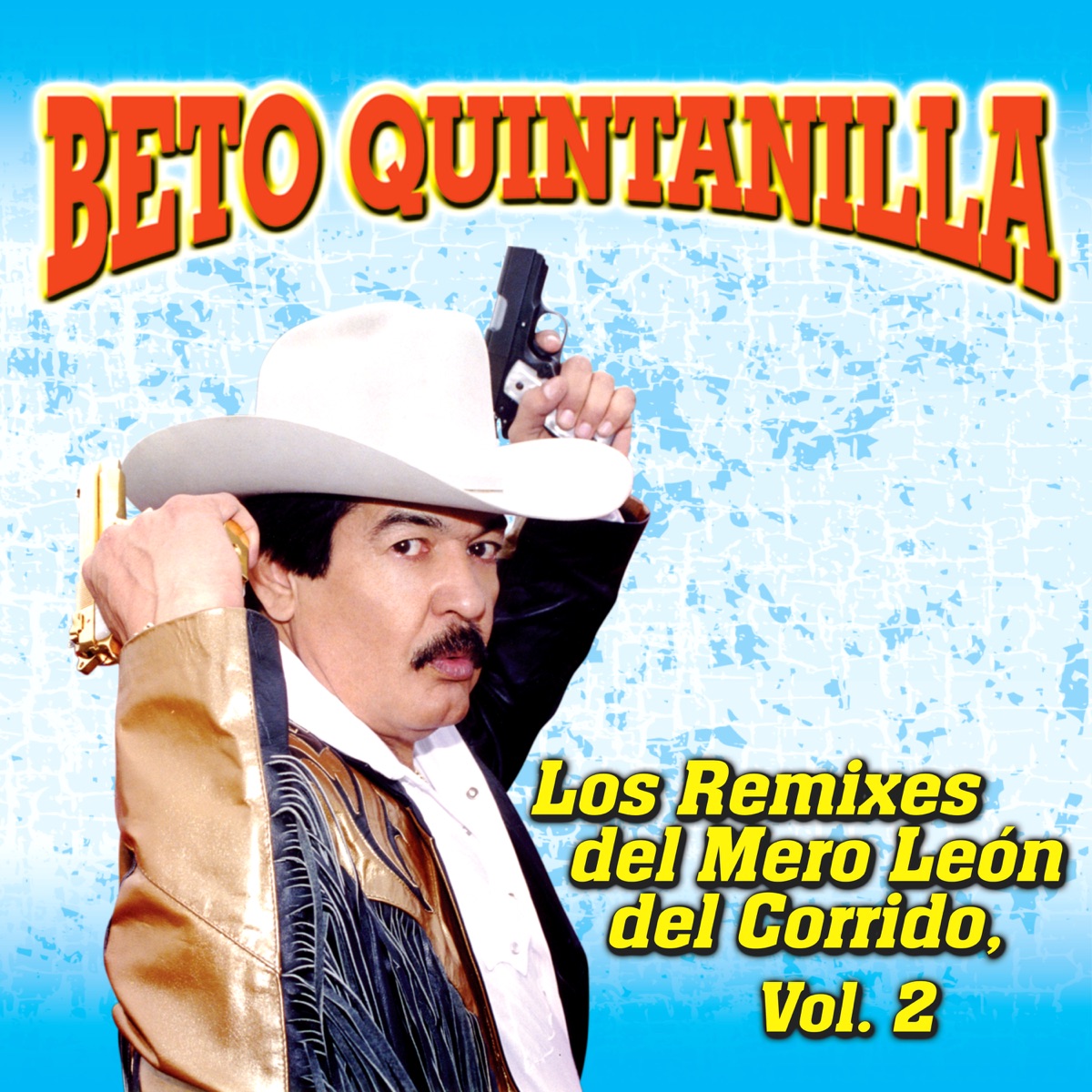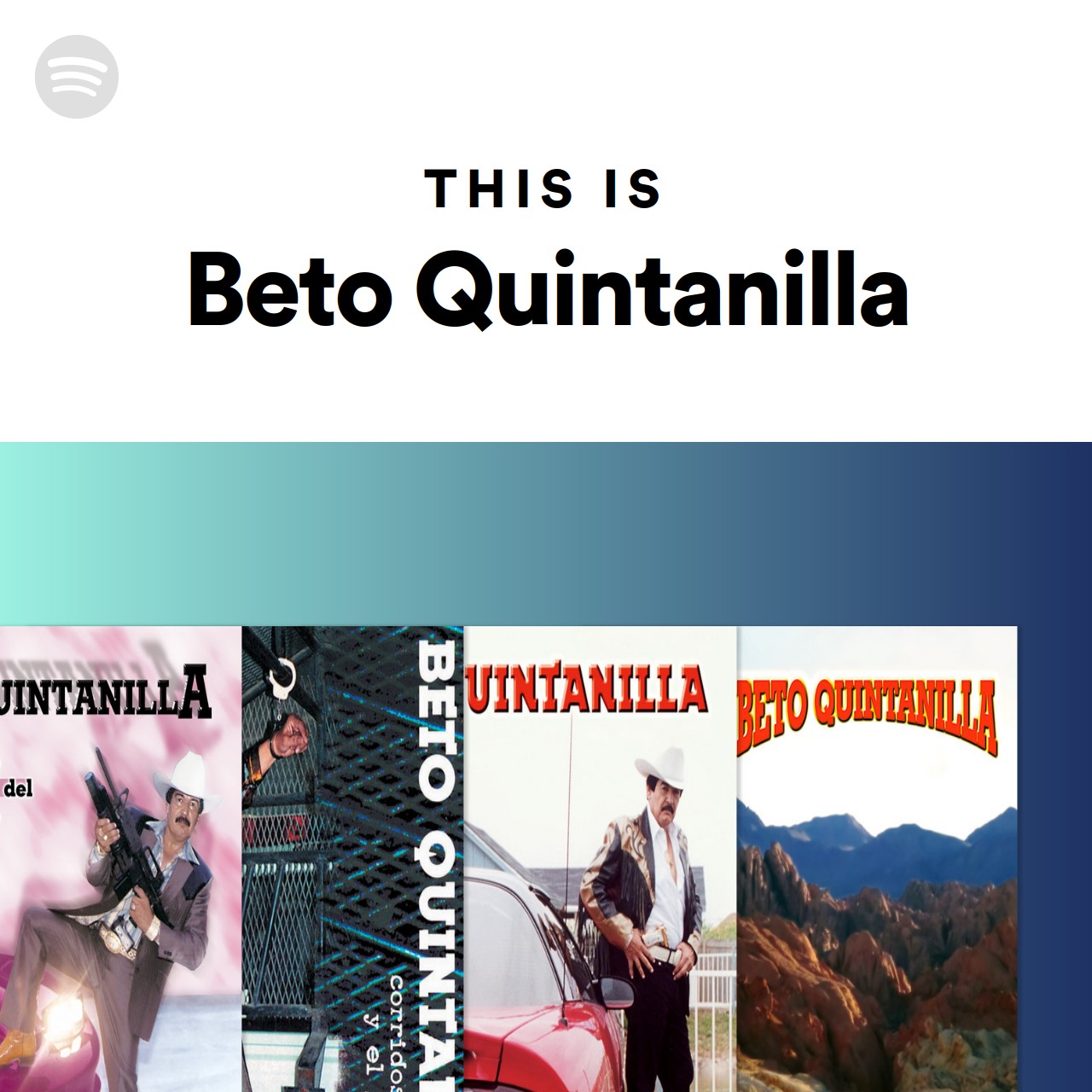There's a song that speaks to a feeling many of us know, a sense of standing on our own two feet, quite apart from the crowd. It’s a tune by Beto Quintanilla, called "Las Águilas Andan Solas," which translates to "The Eagles Walk Alone." This piece of music, as a matter of fact, really captures a spirit of independence and a kind of quiet strength, painting a picture of someone who prefers their own company, much like a majestic bird that flies high above everything else.
The song’s core message, you see, comes from its lyrics, which often talk about being seen alone, just like a royal eagle. This creature, as we know, climbs to great heights to survey its territory, looking down on other, smaller birds. It’s a strong image, and it resonates with anyone who has ever felt a need to forge their own path, perhaps a little differently from others. It’s a theme that, in a way, really hits home for many listeners.
Beto Quintanilla, the voice behind this tune, seemed to embody this very idea. His work, as a whole, often touched upon stories of life and personal journeys, and this particular song, "Las Águilas Andan Solas," quite literally stands as a testament to that independent streak. It’s a piece that, honestly, tells a story without needing many words, just a powerful feeling.
Table of Contents
- Who Was Beto Quintanilla?
- What Makes "Las Aguilas Andan Solas" Stand Out?
- The Heart of "Las Aguilas Andan Solas" - Independence
- When Did "Las Aguilas Andan Solas" Take Flight?
- How Does "Las Aguilas Andan Solas" Connect with Listeners?
- Why the Eagle in "Las Aguilas Andan Solas"?
- A Look at the "Las Aguilas Andan Solas" Lyrics
- Who Commissioned "Las Aguilas Andan Solas"?
Who Was Beto Quintanilla?
Beto Quintanilla, a name often linked with a certain style of music, had a way of telling stories through his songs. His life, in some respects, seemed to mirror the themes found in his tunes, particularly the idea of going it alone. While much of his personal story remains a bit private, his music certainly spoke volumes about who he was as a person and an artist. He was, as a matter of fact, a figure who left a lasting impression on many who heard his voice.
The details of his life are, in a way, spread across the records he put out and the stories that surrounded them. What we do know about Beto Quintanilla, sadly, includes the circumstances of his passing. Workers, as it turns out, found his body next to a vehicle, and officials later stated he had suffered bullet wounds. This event, obviously, brought a tragic end to the life of a musician who had, for many, given voice to a particular kind of experience.
Here's a little bit about Beto Quintanilla, based on what has been shared:
| Name | Beto Quintanilla (Norberto Quintanilla) |
| Known For | "Las Águilas Andan Solas" and other musical works |
| Circumstance of Death | Found with bullet wounds |
What Makes "Las Aguilas Andan Solas" Stand Out?
This particular song, "Las Águilas Andan Solas," really has a special quality about it. It's not just a collection of sounds; it carries a deep feeling, a sense of quiet strength that, quite honestly, pulls you in. The words, the way the music moves, all of it comes together to create a picture of someone who chooses to walk a separate path, someone who finds their own way. It’s a piece that, very clearly, speaks to a certain kind of spirit.
The song, you know, has a duration of three minutes, which feels just right for its message. It’s long enough to let the feeling sink in, but not so long that it loses its impact. This length, in some respects, allows the story to unfold naturally, letting the listener connect with the idea of the eagle and its solitary journey. It's a testament to how well the piece is put together, making every moment count.
The Heart of "Las Aguilas Andan Solas" - Independence
At the very core of "Las Águilas Andan Solas" is this strong idea of being independent. The song, basically, paints a picture of a person who is comfortable in their own company, someone who doesn't need to follow the crowd. This feeling of self-reliance, you see, is something that many people can relate to, whether they are making big life choices or just enjoying a quiet moment alone. It’s a message that, in fact, speaks to a universal desire for personal freedom.
The lyrics, "Siempre me verán solito / como anda el águila real," really drive this point home. They tell us directly that the person in the song will always be seen alone, just like that powerful eagle. This isn't about being sad or lonely; it's about a choice, a way of being that values one's own space and perspective. It's a powerful statement about self-sufficiency, and it's something that, quite literally, gives the song its lasting appeal.
When Did "Las Aguilas Andan Solas" Take Flight?
The song "Las Águilas Andan Solas" first made its appearance on Beto Quintanilla's album titled "Le Compré La Muerte A Mi Hijo." This particular record, as it turns out, was released back in 2003. So, that’s when this powerful tune first reached listeners, giving them a chance to hear its unique message and sound. It was, in a way, a significant moment for fans of his work.
Later on, the song also showed up on another album, "Mi Historia Musical 20 Corridos," which came out in 2009. This means that "Las Águilas Andan Solas" had a bit of a life across different releases, reaching even more people over time. It’s interesting to see how a song can, you know, find its way onto various collections, allowing its message to spread and be heard by a wider audience. This repetition, in some respects, shows its lasting popularity.
How Does "Las Aguilas Andan Solas" Connect with Listeners?
People connect with "Las Águilas Andan Solas" for a few reasons, I think. For one, the idea of being an eagle, soaring above everything, looking down, it’s a very strong image. It speaks to a feeling of being above the fray, of seeing things from a different angle. Many of us, you know, have felt that desire to rise above daily worries and gain a clearer view. This visual, in fact, really helps the song resonate deeply.
Then there's the feeling of solitude, not as a burden, but as a choice. The song says, "me gusta ver para abajo los pajarracos volar yo tmb fui pajarito," which means, "I like to look down at the blackbirds flying, I too was once a little bird." This line, quite honestly, adds a layer of wisdom, suggesting growth and a journey from being part of the flock to choosing a singular path. It's a sentiment that, pretty much, encourages listeners to find their own strength.
Why the Eagle in "Las Aguilas Andan Solas"?
The choice of an eagle in "Las Águilas Andan Solas" is, honestly, quite deliberate and powerful. An eagle, as you know, is a creature often seen as a symbol of strength, vision, and independence. It flies higher than most other birds, and it surveys its surroundings from a position of great height, allowing it to see things that others might miss. This visual, in a way, perfectly matches the song's theme of someone who stands apart and sees the world on their own terms.
The lyrics emphasize this idea by saying, "que se sube a las alturas / para divisar el clan." This means the eagle climbs to high places to observe its group, or perhaps the world below it. It's not about being disconnected; it's about having a unique perspective, a viewpoint gained from being at a different level. This metaphor, quite literally, gives the song a depth that goes beyond just the words, making it a piece that, very clearly, speaks to a powerful human desire for clarity and self-direction.
A Look at the "Las Aguilas Andan Solas" Lyrics
The words to "Las Águilas Andan Solas" are, in a way, quite simple but carry a lot of weight. The main lines, "Siempre me verán solito / como anda el águila real / que se sube a las alturas / para divisar el clan / me gusta ver para abajo / los pajarracos volar," paint a very clear picture. They tell a story of someone who is always seen alone, just like a royal eagle. This eagle, as it turns out, goes up high to look over its territory, and the person likes to watch the other birds fly below.
There's also a line that adds a touch of personal history: "yo tmb fui pajarito." This means, "I too was once a little bird." This addition, basically, tells us that the speaker wasn't always this solitary eagle. They once were like the other birds, perhaps part of a group, but they grew and changed, choosing a different path. This bit of personal reflection, you know, makes the song feel even more human and relatable, showing a journey of personal growth and a chosen way of living.
Who Commissioned "Las Aguilas Andan Solas"?
The song "Las Águilas Andan Solas" came about because it was asked for by someone. Beto Quintanilla, as it happens, created this piece in 2006, and it was a special request from a person named Édgar Hinojosa. At that time, Édgar Hinojosa was, as a matter of fact, a free man. So, the song was made with a specific purpose in mind, perhaps to reflect something about Édgar's own experiences or feelings. This background, in a way, adds another layer to the song's meaning, showing it was not just a random creation but a response to a particular need.
Knowing that the song was commissioned gives us a little more insight into its creation. It suggests that the themes of independence and solitude, which are so central to "Las Águilas Andan Solas," might have held special meaning for the person who requested it. It’s interesting to think about how a piece of music can be shaped by such personal connections, and how it can, you know, come to represent something significant for both the artist and the one who asked for it. This detail, quite literally, shows the song’s origins were tied to a specific individual.


